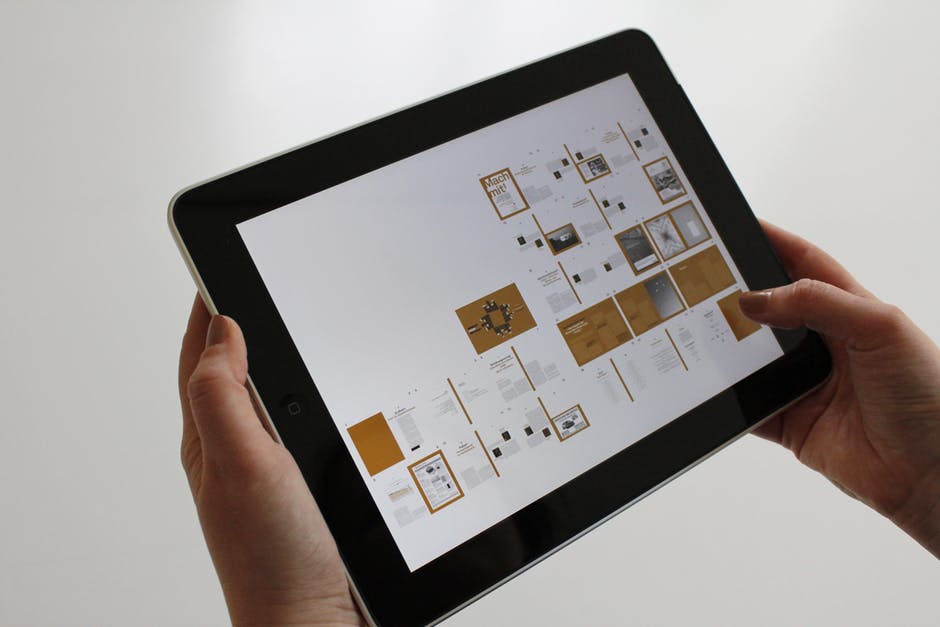In the world which is eventually moving towards “Internet of things”, “Things” is the physical world that has layers of information which is transmitted to the digital world. The “Things” in Internet of Things can be anything from a person with heart monitor implant or an automobile with build in sensors to alert the driver when the tire pressure is low.
There’s essentially no question that the Internet of Things (IoT) is fast becoming entrenched both in consumer and enterprise IT. It already seems that any new product that is emerging these days comes along with an app to monitor it or control its behavior. Remote home automation devices are exploding and every new electric or digital manifestation seems to be heading towards a 24/7 internet connection.
There is a recent trend in which each item in our daily life is increasingly taking on a digital layer and is becoming more interactive. In this recent boom around “Internet of Things” retailers, beverages and FMCG section have an outstanding opportunity to customize their products around the concept of “Internet of Things”.
The iBeacon, an innovative product by Apple Inc gave a strong impetus to proximity marketing technology, something that marketing gurus were eager to experiment with since long. Other than iBeacon, QR codes and NFC which are implemented for proximity, marketing technology are capable of enabling products to interact with the consumers as they shop.
Recently, Philips- the biggest name in smart light bulbs adopted a smarter technology to market their product. Philips maneuvered a programme where they placed in build beacons in the entire store to relay shoppers with product information as they moved to the store. With the help of a companion mobile retail app, shoppers could track the location of the product with a local map. When within the proximity of the product, the product fires information, discount offers, and other such useful information to the customer.
America’s biggest retailer Macy’s adopted similar technology to provide innovatively and a unique experience for their shoppers. Macy’s used number of iBeacons within the store to make each product in its store interactive, communicating with the customers as they shop. This interactive mobile merchandising platform allowed Macy’s to track the consumer movement throughout the store, greeting them with different offers, discount coupons and product recommendations depending on the floor of the department the customer is on. Other retailers like Eagle Outfitters, Best Buy, Crate and Barrel, JCPenney, Old Navy, The Sports Authority and Target also implemented the beta version of beacons placed in-store to engage consumers. Retailers adopting this marketing technique are actually enabling the products to interact with the customers thereby getting entwined in the concept of “Internet of Things”.
Similar trends have been adopted by museums, stadiums and other entertainment zones to make products interact with the consumers. We seem to be moving to a future where intelligent usage of beacon, NFC, and QR codes will make it possible for every product to digitally communicate by firing information in the cloud which can be eventually be received by smart mobile handsets, wearable gears and much more.



